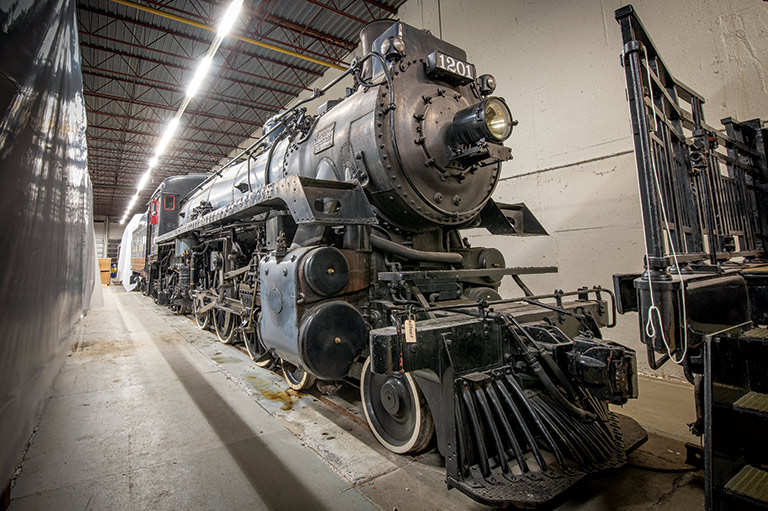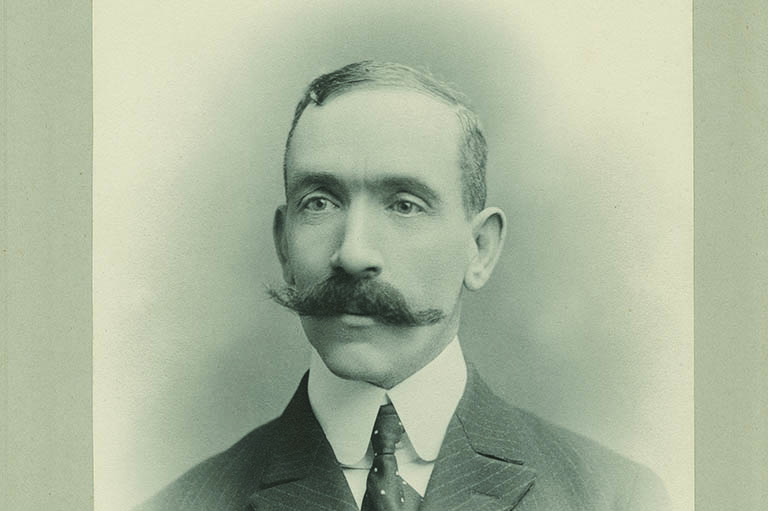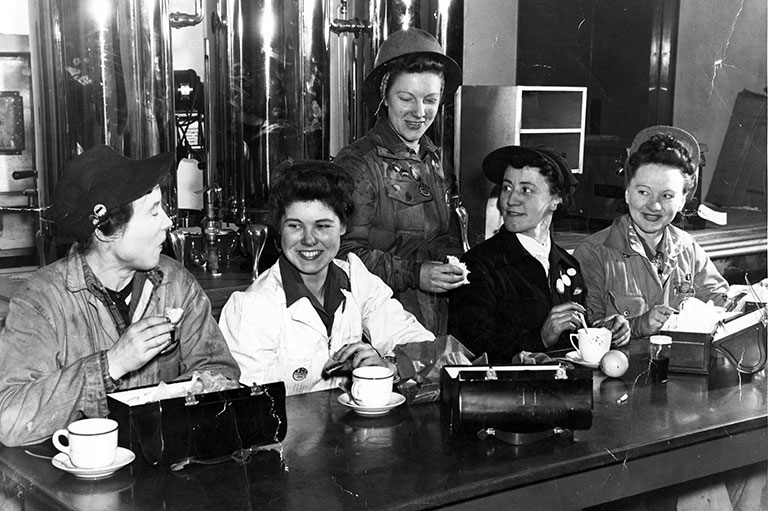Locomotive

From 1850 to 1950, Montreal was a Canadian railroad hub. The first railway in the country, the Champlain and St. Lawrence Railroad, was launched from the city as were the Grand Trunk Railway of Canada and the Canadian Pacific Railway, the two most ambitious projects of the nineteenth century.
Canadian Pacific acquired land north of the Hochelaga district of Montreal and built the Angus factories there to assemble locomotives and rolling stock. Many lots were sold to employees wanting to build their residences near to their place of work, which gave rise to the new neighbourhood of Rosemont.
Just before the Second World War, the complex of nearly one square kilometre employed approximately eight thousand people, mostly French Canadians. About twenty railway cars were assembled there per day and forty thousand tonnes of steel were processed per year. The supply chain, from the production of steel to the delivery of parts, stimulated both the manufacturing and raw materials sectors in Montreal.
The factories were converted for the war effort and built 1,700 Valentine tanks for overseas combat, among other vehicles. The last locomotive produced by the Angus factories was the 1201 CP 1944, shown here. The slow decline of railway networks in favor of highways from the 1950s onward forced Canadian Pacific to reduce and, eventually, to cease operations.
With 7 uniquely curated newsletters to choose from, we have something for everyone.
Themes associated with this article
Advertisement




